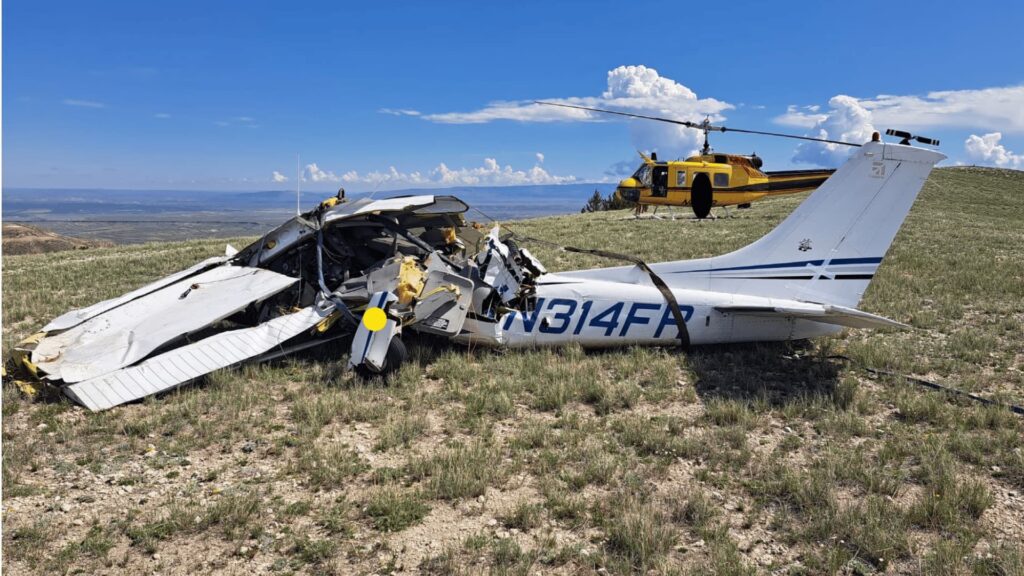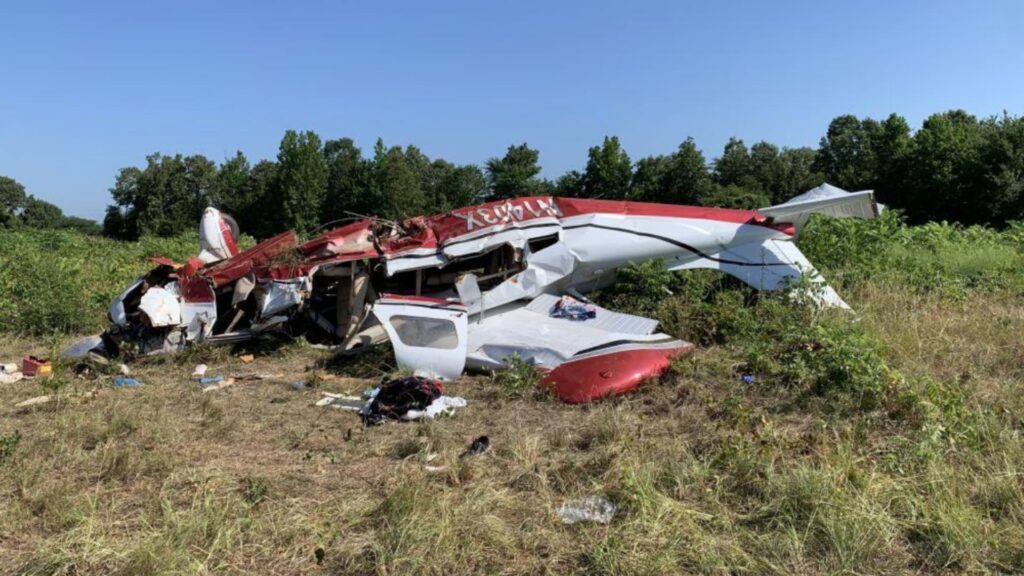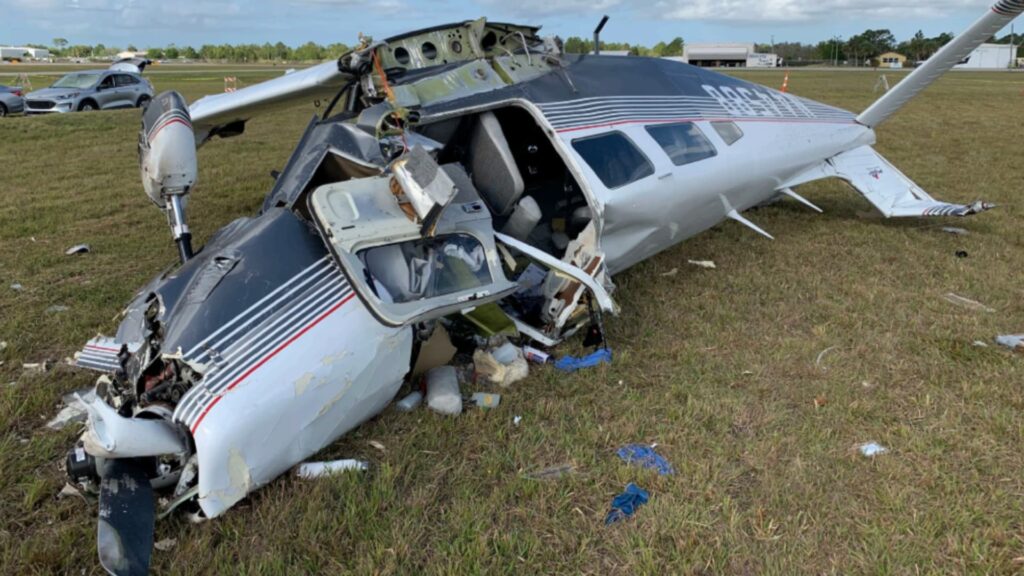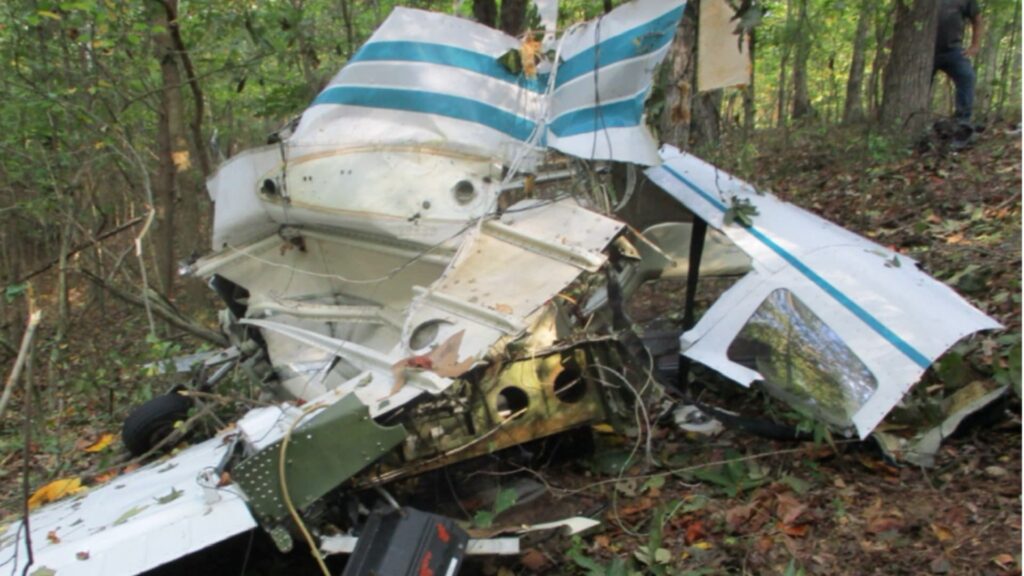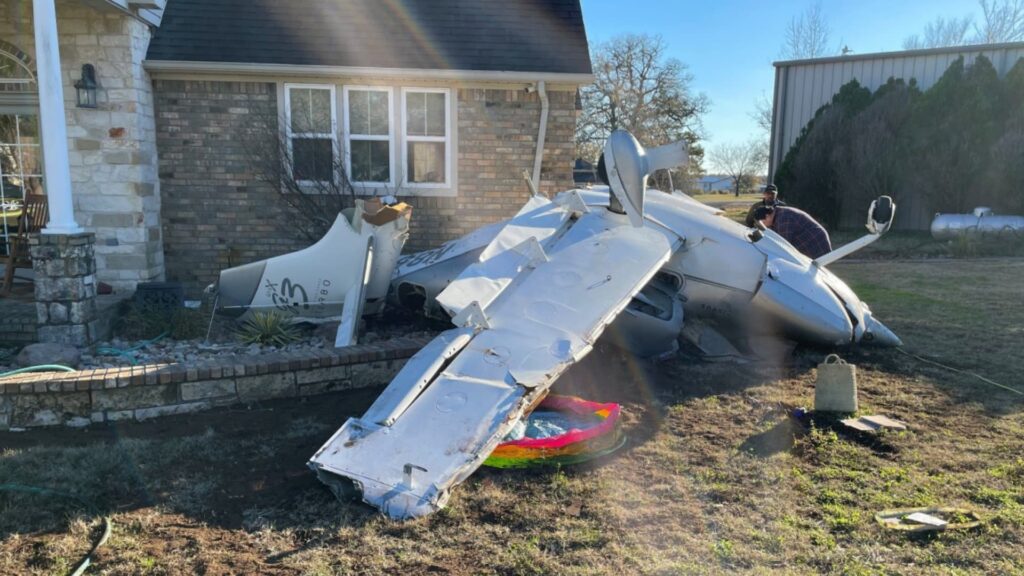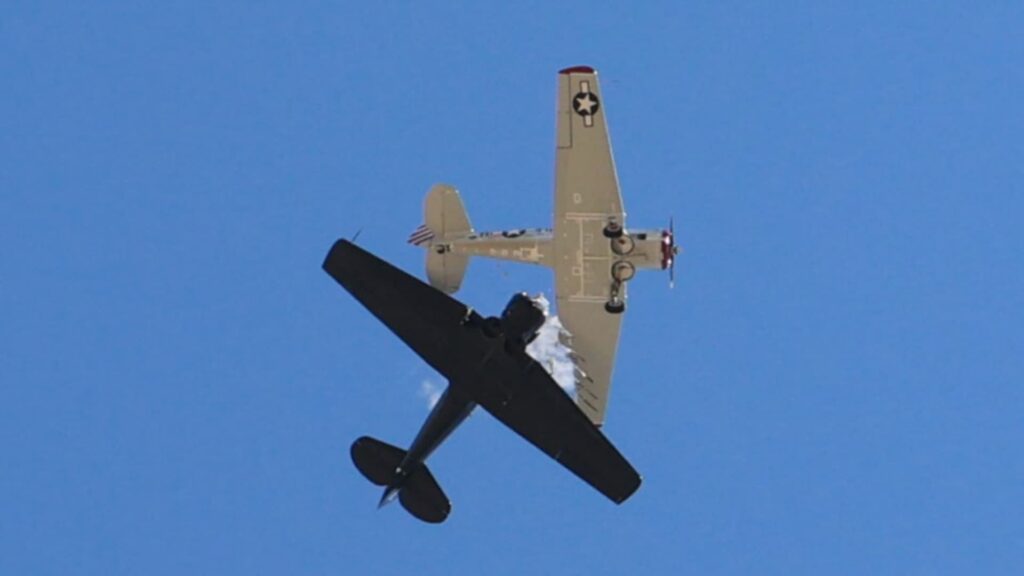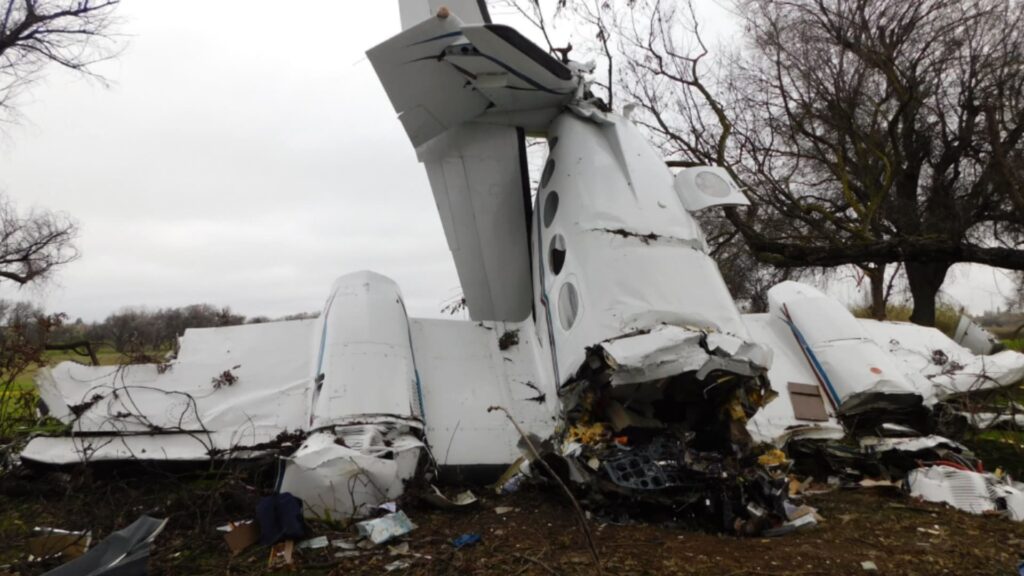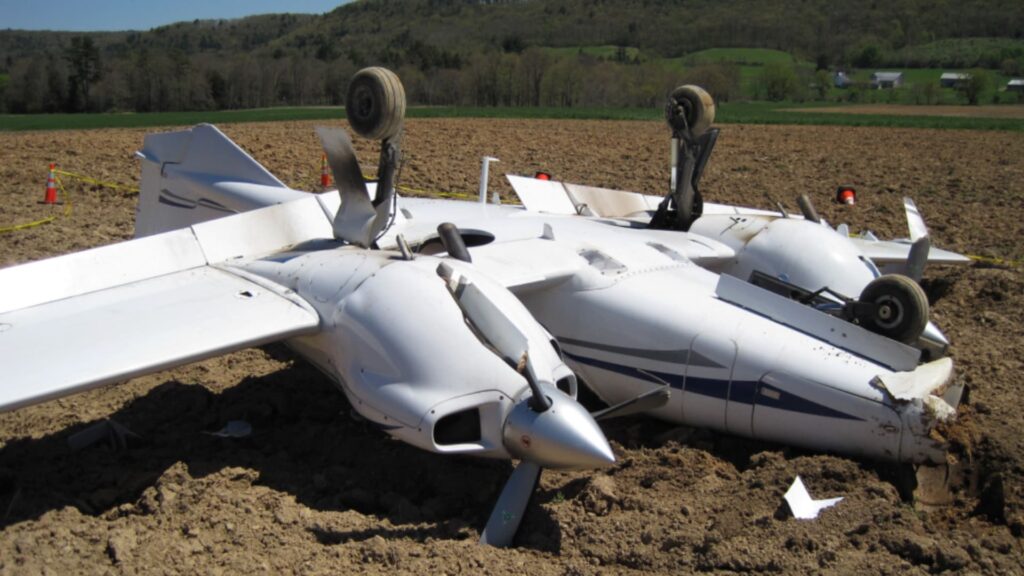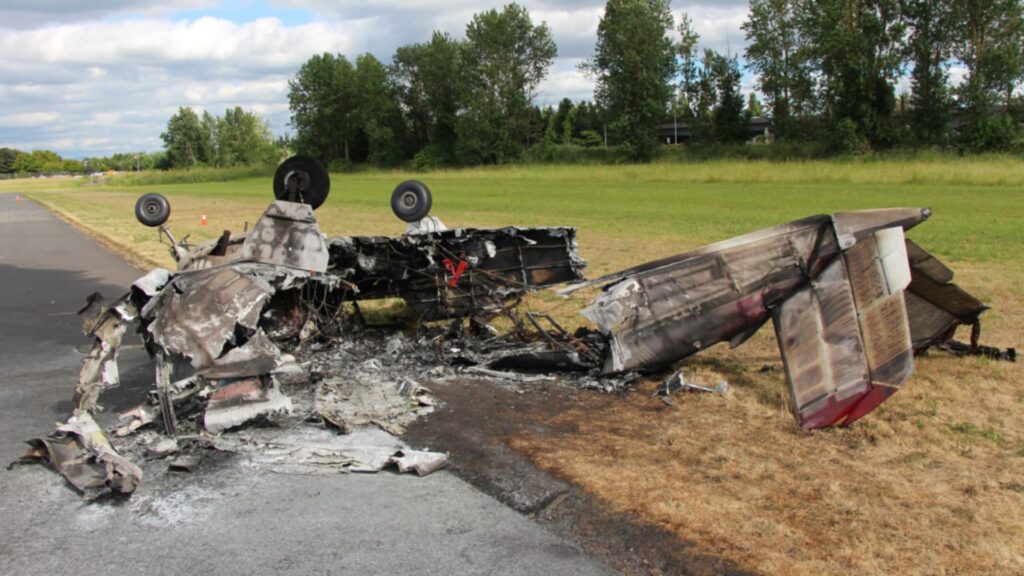A Routine Flight Takes a Fatal Turn
On the afternoon of March 21, 2023, a Cessna 182S registered as N314FR took off on a routine aerial pipeline patrol mission. The pilot, a 49-year-old commercial aviator, had been flying these low-altitude routes for nearly two years. With over 1,600 total flight hours—more than 1,000 as pilot in command—he was no stranger to the challenges of flying in mountainous terrain.
The flight began uneventfully, departing Evanston-Uinta County Airport (EVW) in Wyoming under visual meteorological conditions. The aircraft proceeded toward Casper, then turned southwest for about 30 miles before disappearing from radar. At that moment, it was flying about 600 feet above the rugged Wyoming landscape. Tragically, the journey ended in disaster when the aircraft lost control and crashed near Alcova, Wyoming, fatally injuring the pilot.
Harsh Winds and Mountain Turbulence
The National Transportation Safety Board (NTSB) found no evidence of mechanical failure, shifting focus to environmental conditions as the likely cause of the accident.
Weather reports indicated a strong cold front moving through the area. Winds at the surface were gusting up to 31 knots at Casper/Natrona County International Airport (CPR), located about 27 nautical miles away. More concerning, the region was under an active AIRMET Tango, warning of moderate turbulence below 16,000 feet. Forecast models showed a high probability of low-level wind shear (LLWS) and turbulence between 500 and 1,000 feet above ground level—exactly the altitude at which the Cessna was flying.
Another company pilot who was part of the post-crash search efforts noted that turbulence was “fairly windy and gusty” that day, especially in the area north of Laramie. He described experiencing moderate mountain wave turbulence, which could cause sudden shifts in altitude and control challenges.
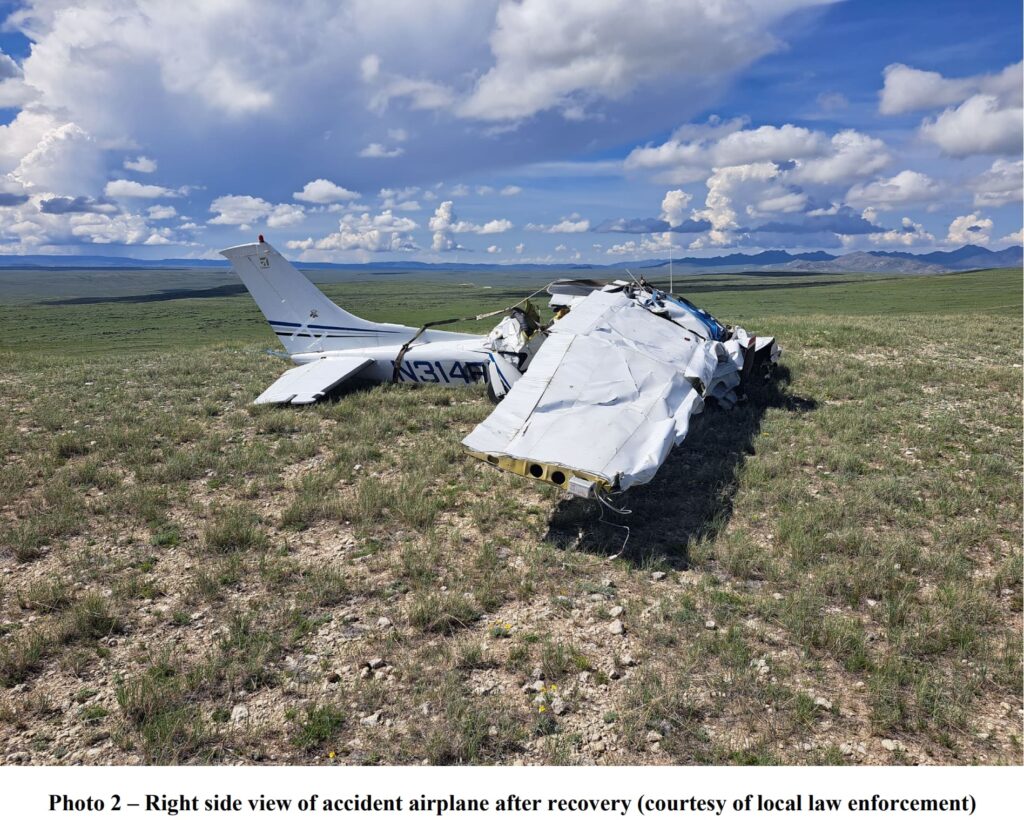
The Crash and Rescue Efforts
After the aircraft’s tracking data indicated a possible mishap, the operator initiated search efforts. A company pilot received an “SOS alert” and flew to the last known coordinates. He and another pilot searched the area for an hour before one of them spotted the wreckage on a ridgeline. The aircraft had impacted mountainous terrain at approximately 6,990 feet above sea level and came to rest upright on an eastern slope.
Despite the aircraft’s emergency locator transmitter (ELT) activating, rescue teams confirmed that the crash was not survivable. The pilot suffered massive blunt force injuries, and toxicology tests showed no presence of drugs or alcohol.
Lessons from the Tragedy
The NTSB determined the probable cause of the accident was the aircraft’s encounter with low-level wind shear and moderate turbulence, which led to a loss of control.
This accident underscores the dangers of flying in mountainous terrain, particularly at low altitudes where turbulence can be unpredictable and severe. The FAA’s Airplane Flying Handbook warns that wind shear and turbulence, especially near mountains, can cause sudden and drastic changes in wind speed and direction—sometimes beyond a pilot’s ability to react.
Another critical factor was the absence of a formal weather briefing. No records showed the pilot had accessed weather data from Leidos Flight Service or ForeFlight before the flight. While he may have checked forecasts by other means, a formal briefing might have reinforced the presence of hazardous conditions, possibly prompting a reassessment of the flight plan.
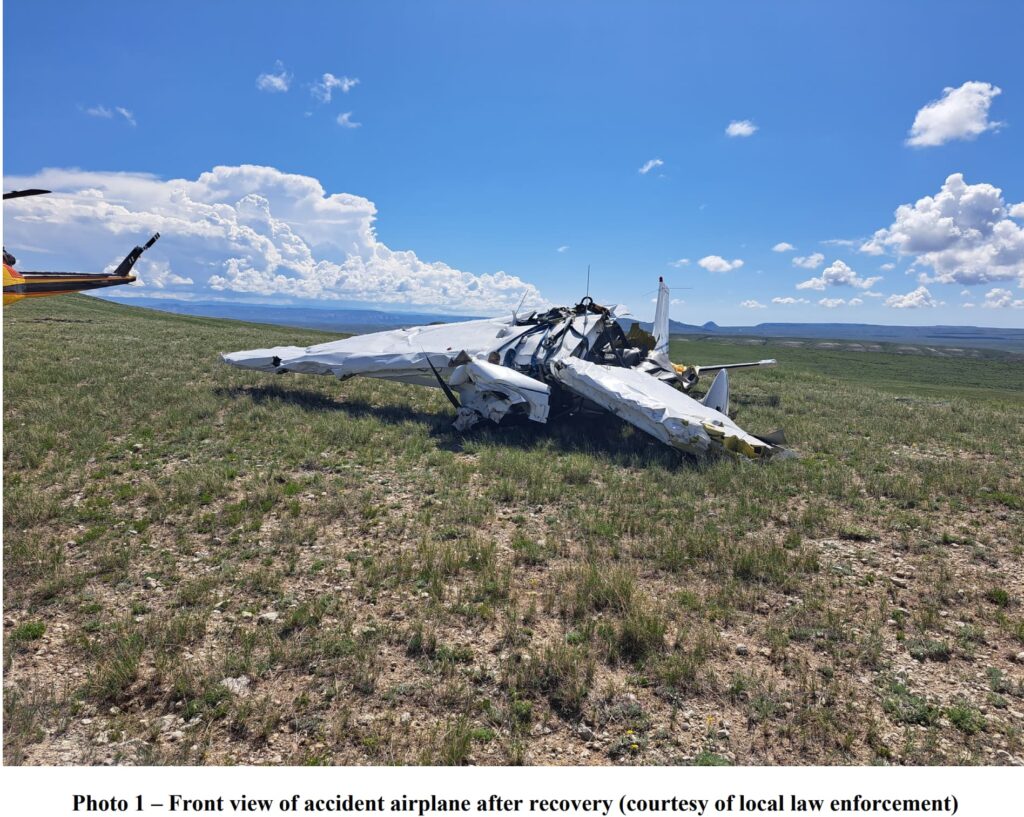
Final Thoughts
Aerial observation missions, such as pipeline patrols, require pilots to operate at low altitudes where there is little room for error. This accident is a stark reminder of how quickly environmental factors can turn a routine flight into a life-threatening situation.
Pilots operating in mountainous terrain should always:
✅ Obtain a thorough weather briefing, including turbulence forecasts.
✅ Avoid unnecessary low-altitude flight when turbulence and wind shear are present.
✅ Recognize the limitations of their aircraft and their own ability to respond to rapid changes in wind conditions.
While this experienced pilot had successfully navigated similar flights in the past, nature proved unforgiving on that fateful day. This tragedy serves as a powerful lesson on the importance of preparation, caution, and respect for the unpredictable forces of flight.

